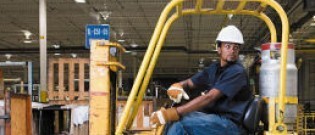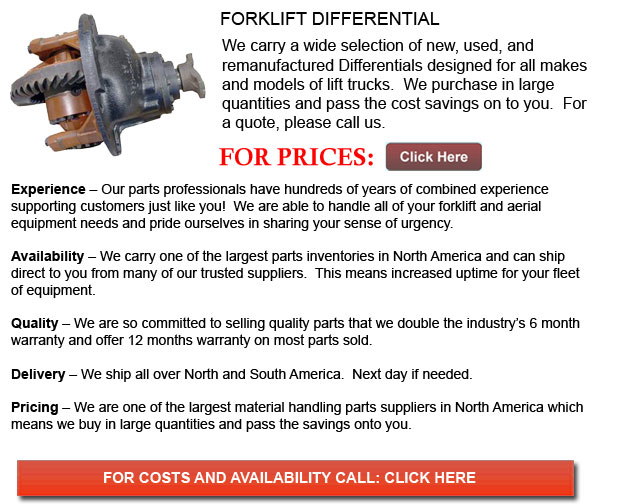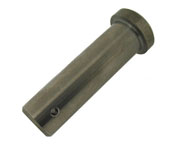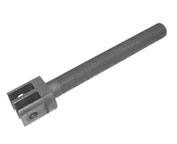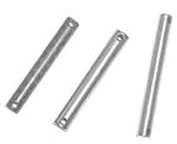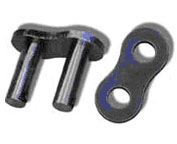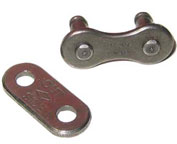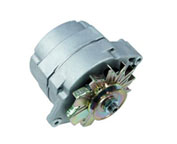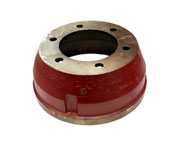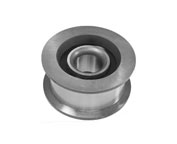 | |  |
|
 A mechanical machine capable of transmitting torque and rotation via three shafts is called a differential. Every now and then but not all the time the differential will employ gears and will function in two ways: in automobiles, it receives one input and provides two outputs. The other way a differential functions is to combine two inputs so as to generate an output that is the average, difference or sum of the inputs. In wheeled vehicles, the differential enables all tires to be able to rotate at various speeds while supplying equal torque to all of them.
The differential is intended to drive a set of wheels with equal torque while allowing them to rotate at various speeds. While driving around corners, a car's wheels rotate at different speeds. Several vehicles such as karts work without a differential and utilize an axle in its place. When these vehicles are turning corners, both driving wheels are forced to spin at the identical speed, usually on a common axle which is driven by a simple chain-drive apparatus. The inner wheel needs to travel a shorter distance as opposed to the outer wheel while cornering. Without a differential, the consequence is the outer wheel dragging and or the inner wheel spinning. This puts strain on drive train, resulting in unpredictable handling, difficult driving and damage to the tires and the roads.
The amount of traction necessary to be able to move the vehicle at whichever given moment depends on the load at that moment. How much friction or drag there is, the car's momentum, the gradient of the road and how heavy the vehicle is are all contributing elements. Amongst the less desirable side effects of a conventional differential is that it could limit grip under less than perfect situation.
The effect of torque being supplied to each wheel comes from the transmission, drive axles and engine making use of force against the resistance of that traction on a wheel. Commonly, the drive train would provide as much torque as needed except if the load is extremely high. The limiting factor is usually the traction under every wheel. Traction can be defined as the amount of torque which could be generated between the road exterior and the tire, before the wheel starts to slip. The car will be propelled in the intended direction if the torque used to the drive wheels does not exceed the threshold of traction. If the torque applied to each and every wheel does go beyond the traction threshold then the wheels would spin incessantly.
 Click to Download the pdf Click to Download the pdf
| |
 | |  |
 | |  |
|
-
-
-
-
-
-
Alternators
An alternator is a device that changes mechanical energy into electric energy. This is done in the form of an electrical current. In essence, an AC electrical generator could likewise be called an alternator. The word usually refers to a small, ...
More
-
Brakes
A brake wherein the friction is supplied by a set of brake shoes or brake pads that press against a rotating drum unit called a brake drum. There are a few particular differences among brake drum kinds. A "brake drum" is commonly the definition ...
More
-
Carriage Rollers
Particularly designed bearings known as carriage rollers are frequently seen on lift masts because they allow them to function better within tough environmental surroundings. The typical lift mast is regularly subject to frequent oscillations, ...
More
| |
 | |  |
















